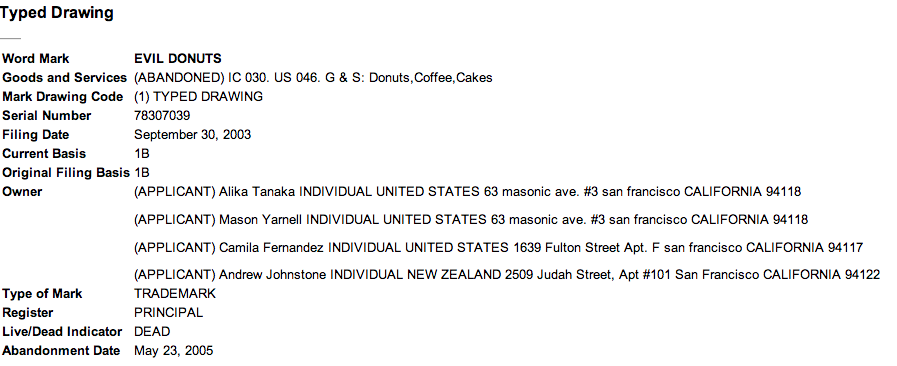ReplyAll is an awesome podcast from Gimlet. For those who listened to “Startup”, this is Gimlet’s second podcast. Couple of weeks back, they put out a show about diversity. There were some interesting insights shared during the show.
(start at 11:50 for the diversity story)
ReplyAll - #52 Raising the bar (more notes on the website)
The line that really stayed with me was:
“When you are stuck, talk to someone who keeps the ketchup elsewhere.”
That is a wonderful thought.
Few interesting notes from the show:
- Startups do better with people from similar backgrounds. This is due to the lack of overhead in communication. The common mindset helps.
- Silicon Valley heavily lacks diversity (despite building products for the world!). I think the show was particularly focusing on African Americans.
- Diverse groups of people, or even algorithms, tend to be better at solving problems.
- Diversity is not limited to gender or race. It can be people of different backgrounds.
- Always ask “how did you get to where you are?” during interviews to discover a candidate’s background.
For a lot of these ideas to succeed, there has to be a couple of things in place:
- People should embrace the differences. They need to understand that everyone in the team has a different background.
- There has to be a strong focus on communication. To take a step further, learning about one another is important.
Find out how your team mates (or people around you) started off. Find out where they keep their ketchup; or tomato sauce. Make an extra effort this week.











